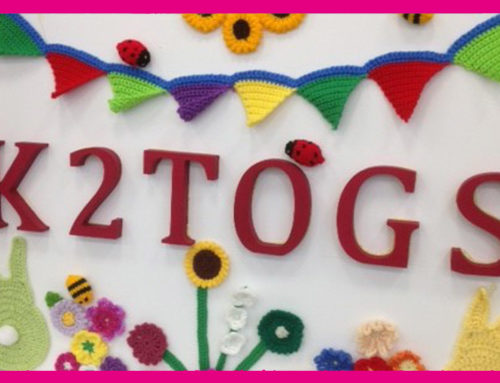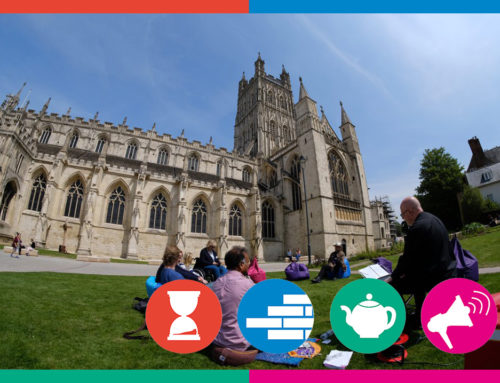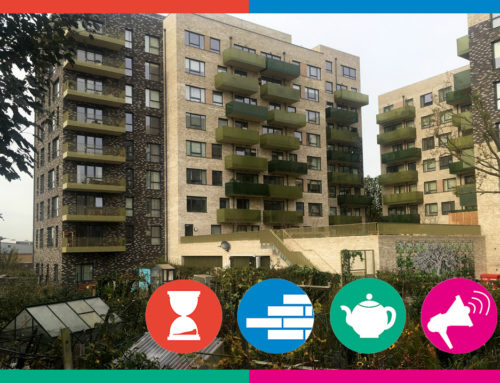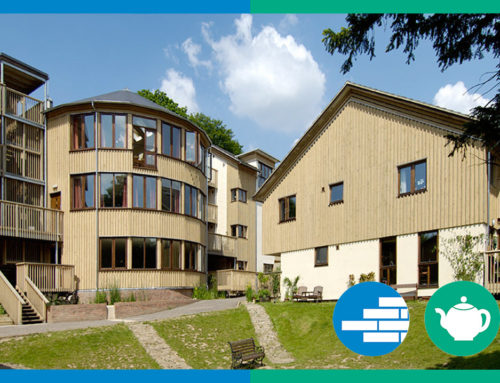Wellesley, Aldershot
This case study is an example of a development on a brownfield ex-MoD site on the edge of Aldershot, which has committed long-term resources to community development, embedded into the Section 106 agreement, providing continuity and stability.
Location: Aldershot, Hampshire
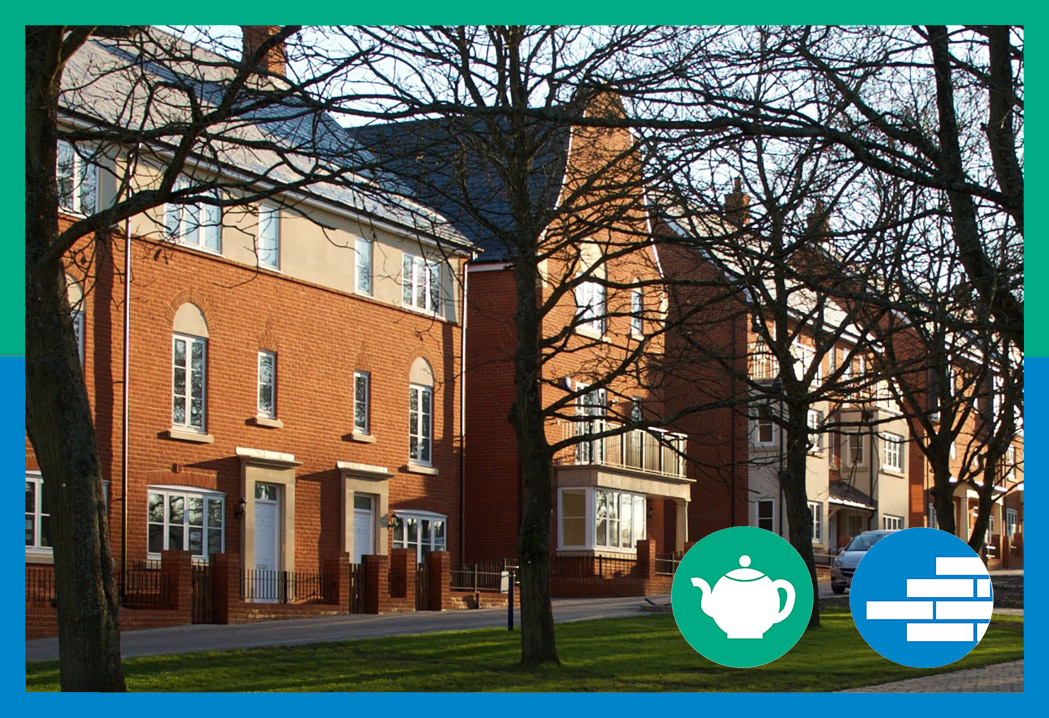
About
The new Wellesley development on the former Wellesley Garrison site will create a new neighbourhood of 3,850 homes, 35% of this is affordable housing. Existing Victorian buildings, several of which are listed, have been incorporated into the plans. The Cambridge Military Hospital will become part residential, part community space. At the end of 2018, around 280 homes were occupied, with some 600 people living on the site.
The development is led by Grainger plc who will take long-term responsibility for managing the neighbourhood and providing private rented homes. A number of other developers are building homes for outright sale, with shared ownership being built by registered provider Grainger Trust Limited.
Community development has been a priority for both Grainger plc and Rushmoor District Council. A full time permanent community development manager post was created as part of the Section 106 agreement.
Project details
Grainger plc state: “Wellesley will respect Aldershot’s heritage while fully embracing modern-day living. Grainger’s vision is to enrich the area’s already strong community spirit, and create a place that people feel proud to call home”. (1)
Grainger plc see building communities as a central element of their long-term stewardship strategy. This is integral to their commercial strategy as long-term landlords. A Grainger representative commented, “The best way of building a community is for everyone to be happy, open and honest. Grainger as a company have a nice ethos, they are first of all a landlord. So our emphasis on how to get people to stay with us, and to rent with us for the long term. If we make everyone happy and then the rest will come.”
Grainger work closely with developers’ sales team and contractors to make sure they can link in to local areas. It is important to Grainger that they are part of the efforts to build a community from the first step. In terms of developing specific activities for residents, the approach is: “Thinking on a human level, what would be fun, what would you like to do?”
Activities
Communications with residents are through a range of standard formats and media – a general Wellesley email address, an open door policy, boards in the main office showing recent plans, social media and regular forms for residents so they can raise issues with Grainger and the land agents – as well as specific activities.
Grainger puts on events to try to bring people together. Over 200 people attended the November 2018 fireworks display, at a time when the total population of the development is around 600. The fireworks took place in the temporary playpark area, with one of the contractors donating time to set up the bonfire.
The facilities on site for residents at this stage include:
-
The playpark: Within the Section 106 agreement this is to be delivered after a certain number of occupations, however it has been brought forward to give families somewhere to go as a temporary facility, on a smaller scale where the permanent playpark will eventually be.
-
The community portacabin has Wi-Fi and a kitchen. The community room is well used – more so than expected. There is a mixture of classes – including several yoga classes, and it is also hired for birthday parties and charity gatherings. It is on the site of the future neighbourhood centre. Grainger is looking at how this should best be provided in the future. There is a problem currently that with the new development growing there is not enough capacity for inside activities; currently the portacabin can only host 80 people at capacity. In the summer there are outside spaces to use, though the problem starts when it becomes colder and darker.
-
One of the Victorian buildings – Mandora House – is currently run as a social enterprise centre, leased to WSX Enterprises. They rent out rooms to people looking to start own businesses, and have a café run by a social enterprise.

